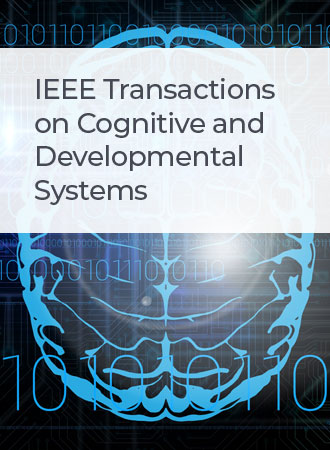自动预测楼层间声音事件造成的干扰
IF 4.9
3区 计算机科学
Q1 COMPUTER SCIENCE, ARTIFICIAL INTELLIGENCE
IEEE Transactions on Cognitive and Developmental Systems
Pub Date : 2024-07-08
DOI:10.1109/TCDS.2024.3424457
引用次数: 0
摘要
噪音与人类健康之间存在直接关联,而负面影响可能各不相同,从睡眠中断和压力到听力损失和生产力下降。尽管存在不可否认的相关性,但控制令人不快的声音事件与它们可能引起的烦恼之间关系的潜在过程尚未得到系统的研究。在此背景下,本研究的重点是楼层间声音事件引起的干扰,即通过建筑物楼层传播的音频信号。走路、跑步、使用家用电器或其他日常活动等活动产生的声音可以被相邻楼层的人听到。为此,我们实现了一个合适的数据集,其中包括根据感知到的干扰标注的各种地板间声音事件。随后,我们提出了一个框架,能够从标准化时频表示开始量化地板间声音事件所表现出的相似性,这些相似性由一系列卷积层组成的Siamese神经网络进行处理。这种相似性随后被k -介质回归方案所利用,该方案基于具有相邻潜在表征的层间声音事件进行干扰预测。经过彻底的实验,我们证明了这种框架的有效性及其优于流行的回归算法。最后但并非最不重要的是,提出的解决方案提供了可解释的预测,可以被人类专家有意义地利用。本文章由计算机程序翻译,如有差异,请以英文原文为准。
Automatic Prediction of Disturbance Caused by Interfloor Sound Events
There is a direct correlation between noise and human health, while negative consequences may vary from sleep disruption and stress to hearing loss and reduced productivity. Despite its undeniable relevance, the underlying process governing the relationship between unpleasant sound events, and the annoyance they may cause has not been systematically studied yet. In this context, this work focuses on the disturbance caused by interfloor sound events, i.e., the audio signals transmitted through the floors of a building. Activities such as walking, running, using household appliances or other daily actions generate sounds that can be heard by those on an adjacent floor. To this end, we implemented a suitable dataset including diverse interfloor sound events annotated according to the perceived disturbance. Subsequently, we propose a framework able to quantify similarities exhibited by interfloor sound events starting from standardized time-frequency representations, which are processed by a Siamese neural network composed of a series of convolutional layers. Such similarities are then employed by a $k$
求助全文
通过发布文献求助,成功后即可免费获取论文全文。
去求助
来源期刊

IEEE Transactions on Cognitive and Developmental Systems
Computer Science-Software
CiteScore
7.20
自引率
10.00%
发文量
170
期刊介绍:
The IEEE Transactions on Cognitive and Developmental Systems (TCDS) focuses on advances in the study of development and cognition in natural (humans, animals) and artificial (robots, agents) systems. It welcomes contributions from multiple related disciplines including cognitive systems, cognitive robotics, developmental and epigenetic robotics, autonomous and evolutionary robotics, social structures, multi-agent and artificial life systems, computational neuroscience, and developmental psychology. Articles on theoretical, computational, application-oriented, and experimental studies as well as reviews in these areas are considered.
 求助内容:
求助内容: 应助结果提醒方式:
应助结果提醒方式:


